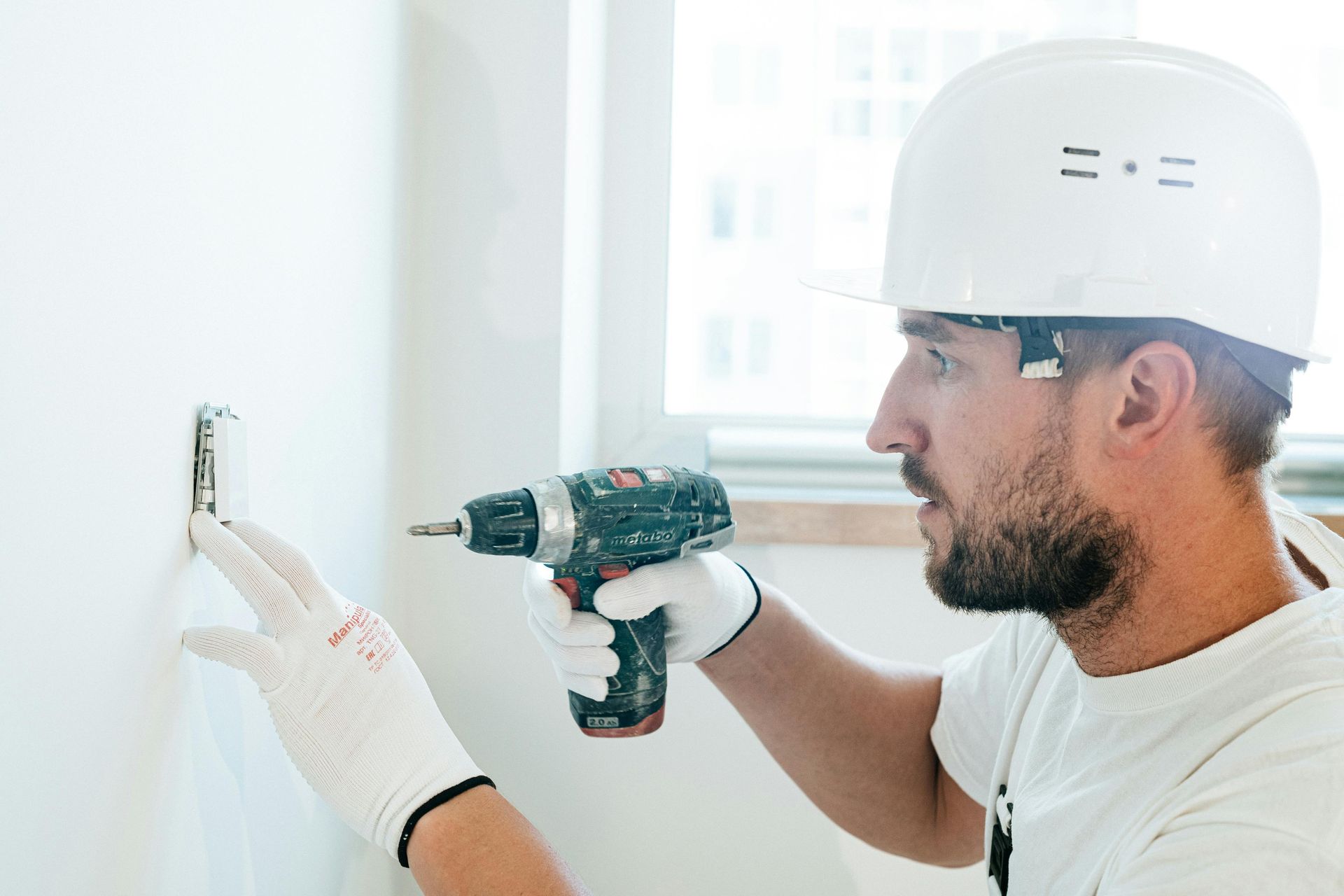
Flat roofing is a popular choice for many homes and commercial buildings due to its sleek, modern look and cost-effective installation. However, maintaining and repairing a flat roof requires specific knowledge to ensure durability and prevent costly damage. Whether you're tackling a flat roof repair or considering a full roof replacement, this guide offers practical tips to help DIY enthusiasts and homeowners keep their flat roofs in top shape.
Understanding Flat Roofing Systems
Flat roofs, despite their name, have a slight slope to allow water drainage. They're commonly found on modern homes, extensions, and commercial buildings. Materials like EPDM (rubber), TPO, PVC, or modified bitumen are popular for their durability and weather resistance. Knowing your roof's material is key to effective maintenance and repair.
EPDM
A rubber-like membrane known for its longevity (up to 30 years with proper care).
TPO/PVC
Thermoplastic materials that offer excellent UV resistance and energy efficiency.
Modified Bitumen
A layered asphalt-based system, ideal for high-traffic roofs.
Each material has unique maintenance needs, so check your roof's specifications before starting any DIY project.
Common Flat Roof Problems and Solutions
Flat roofs are prone to issues like pooling water, leaks, and membrane damage due to their minimal slope. Regular inspections can catch problems early, saving you from expensive repairs.
Pooling Water
Ensure proper drainage by clearing debris from drains and gutters. Consider adding a slight taper if water consistently collects.
Leaks
Look for cracks or blisters in the membrane. Patch small leaks with roofing cement or specialized sealants compatible with your roof material.
Membrane Tears
For minor tears, use a patch kit specific to your roofing material. Clean the area thoroughly before applying the patch for a secure bond.
UV Damage
Over time, UV rays can degrade certain membranes. Apply UV-resistant coatings every few years to extend your roof's life.
Pro Tip: Inspect your roof after heavy storms or extreme weather to catch issues before they worsen.
When to Consider Flat Roof Repair vs. Replacement
Deciding between repairing or replacing your flat roof depends on the extent of the damage and the roof's age. Here's how to evaluate:
Repair
Best for localized issues like small leaks, minor cracks, or isolated membrane damage. If your roof is under 15 years old and damage is limited, repairs are often sufficient.
Replacement
Necessary for widespread damage, frequent leaks, or an aging roof (20+ years). A full roof replacement ensures long-term protection and can improve energy efficiency with modern materials.
For DIYers, small repairs like patching leaks are manageable, but a full roof replacement often requires professional expertise due to the complexity of membrane installation and flashing.
DIY Flat Roof Repair Tips
If you're tackling a flat roof repair, follow these steps for success:
Safety First
Use a sturdy ladder, wear non-slip shoes, and consider a harness for steep or high roofs.
Clean the Area
Remove dirt, debris, and loose material from the repair site to ensure proper adhesion.
Use Quality Materials
Invest in high-quality sealants and patches designed for your roof type to avoid recurring issues.
Follow Manufacturer Guidelines
Each roofing material has specific repair protocols-check product instructions for best results.
Test for Leaks
After repairs, pour water over the patched area to ensure it's watertight.
Maintaining Your Flat Roof for Longevity
Preventive maintenance is the key to extending the life of your flat roof. Schedule biannual inspections, ideally in spring and fall, to catch issues early. Clear debris regularly, check for signs of wear, and address minor repairs promptly. For older roofs, consider a professional assessment to determine if a roof replacement is imminent.
By understanding your flat roofing system and staying proactive, you can keep your roof in excellent condition for years. Whether you're a seasoned DIYer or a homeowner looking to save on repairs, these tips will help you maintain a durable, leak-free flat roof.
Check out more from the constructionise blog here for all the latest tips, tricks and construction industry news.



